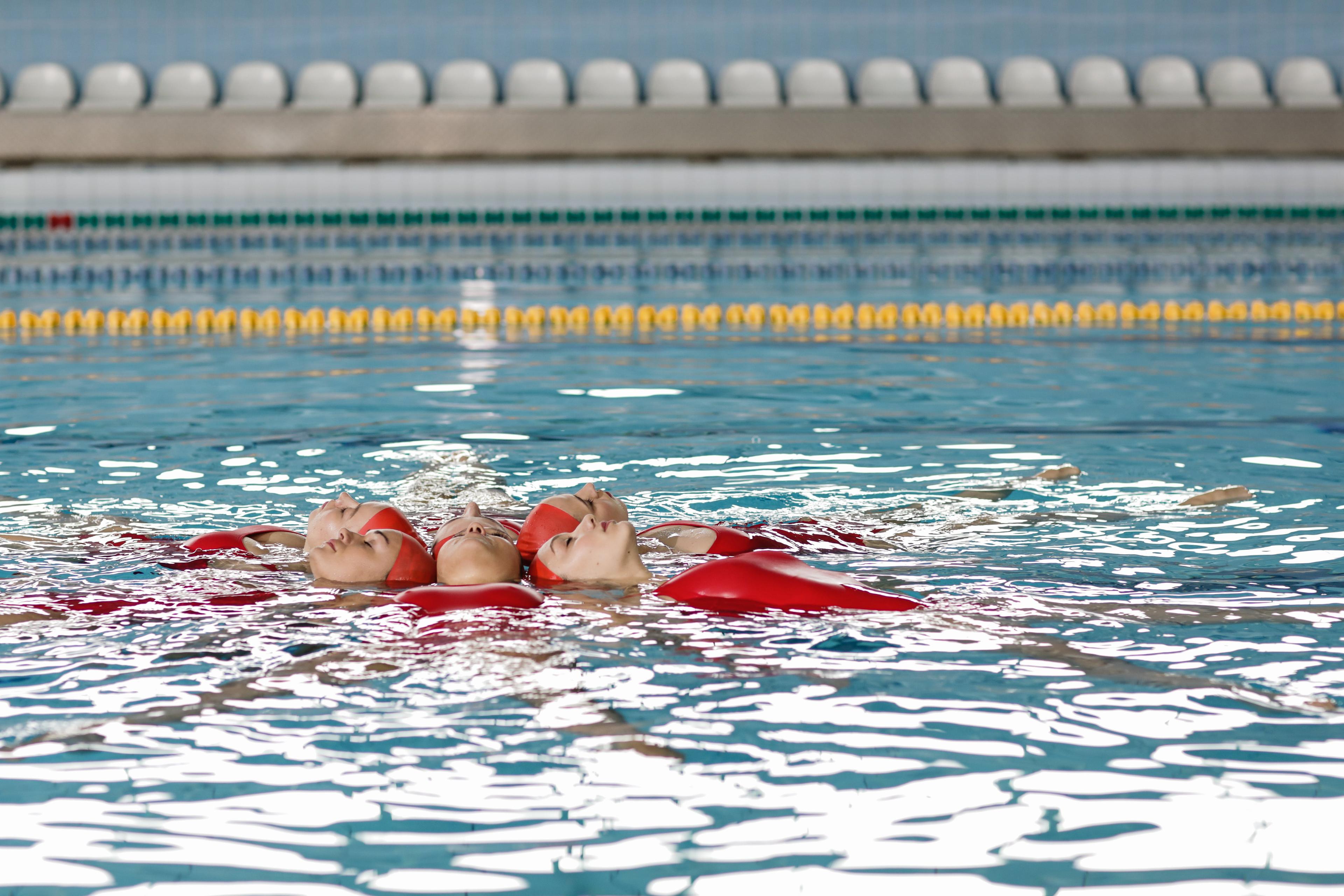- Home
- »Articles
- »Sport
- »Artistic swimming
- »Artistic Swimming For Kids - FAQs



Artistic Swimming For Kids - FAQs
30 October 2023
Artistic swimming is a sport that combines elements of gymnastics, dance, and swimming. You might have heard it called synchronised swimming. It’s a demanding activity, which requires athletes to have high fitness, flexibility, and technical ability. If your child is interested in having a go, you may have questions about the sport, so we’ve put together some frequently asked questions:
What is artistic swimming, and what are the benefits for kids?
Commonly known as synchronised swimming, artistic swimming is a hybrid sport that combines the grace of dance with the power and athleticism of swimming. In an artistic swimming routine, athletes perform a choreographed routine set to music while showcasing their technical prowess in the water. Routines are typically 2-4 minutes long and can be performed individually, in pairs, or teams. In 1952 artistic swimming made its Olympic debut, and it is one of the most popular sports at the Summer Olympics.
How young can children start taking lessons?
Most programmes will accept children as young as 4 or 5, though some swim schools may require that children be at least 6 years old before enrolling in classes. If your child is younger than 6 but shows an interest in artistic swimming, consider enrolling them in private lessons to get a head start on learning the basics before joining a group class.
Do children need any special equipment?
No, children don't need special equipment to participate in artistic swimming classes. All they need is a swimsuit and a pair of goggles. A swimsuit should be close-fitting and made from a material that does not absorb water (such as polyester or Lycra). Many competitive swimmers also wear a swim cap, which is not essential for beginners.
Is artistic swimming safe for kids?
Yes, it’s a very safe sport for kids. If your child attends a club training session, there should be a qualified coach in the water with them, plus another one on the poolside. The pool will also have lifeguards, who keep a close eye on everyone in the water in case they get into difficulty. All clubs affiliated with British Swimming must adhere to strict safety guidelines, which are regularly monitored. Clubs have their own child protection and safeguarding policies that ensure that kids are always kept safe when participating in activities both in and out of the pool.
How often should kids train if they want to compete at the highest level?
To compete at the highest level in artistic swimming, kids must train regularly - typically 3-5 times per week. If your child is only interested in participating in local or regional competitions, they may only need to train 1-2 times per week. As they progress and move up to more advanced classes, they will likely need to increase their practice time to keep up with the other athletes.
Artistic swimming is a challenging sport that requires athletes to be highly fit, flexible, and technically skilled. These 5 FAQs about artistic swimming for kids should help you decide whether the sport is right for your child.
